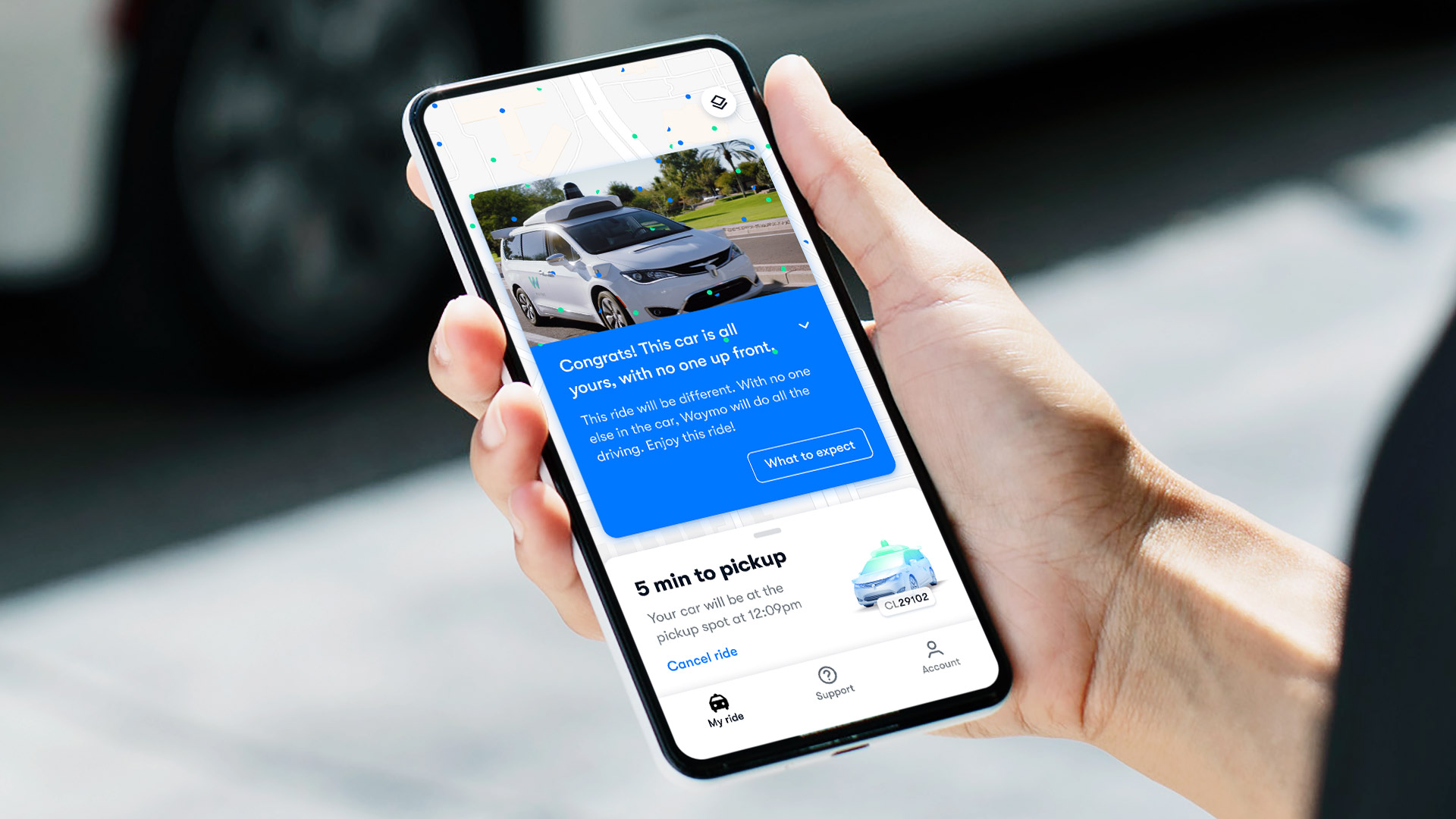I’m glad you are able to be honest about your previous statements.Things seem to be progressing. I am pleased to say I am surprised at the rate, I did not think it would. Then again I did not post constantly in a didactic manner and have an inability to say ...hey I was wrong.
Waymo and cruise pushing it all along. Funny stuff. Baidu too I guess.
Do you guys think this is going to be an issue for Tesla ?
It’s funny to see others try to wiggle around their statements after claiming that Lidar and HD maps slows you down and prevents you from scaling. Then when presented with the exact same statements in the midst of scaling, they then claim it’s irrelevant or was “true” at that time.
By not admitting when they are wrong but rather trying to deflect. It lets them continue disparaging Waymo/Others and allows them to keep hyping Tesla FSD. This is unfortunately what 99% of Tesla community discourse on ADAS/AV consists of lead by the YouTube experts
“Tesla is 10 years ahead”
“Lol ???” Fill in the blank.
Last edited:




/cloudfront-us-east-2.images.arcpublishing.com/reuters/SL2TPYZOHFNYJBBFVJ5FTHSLQI.jpg)